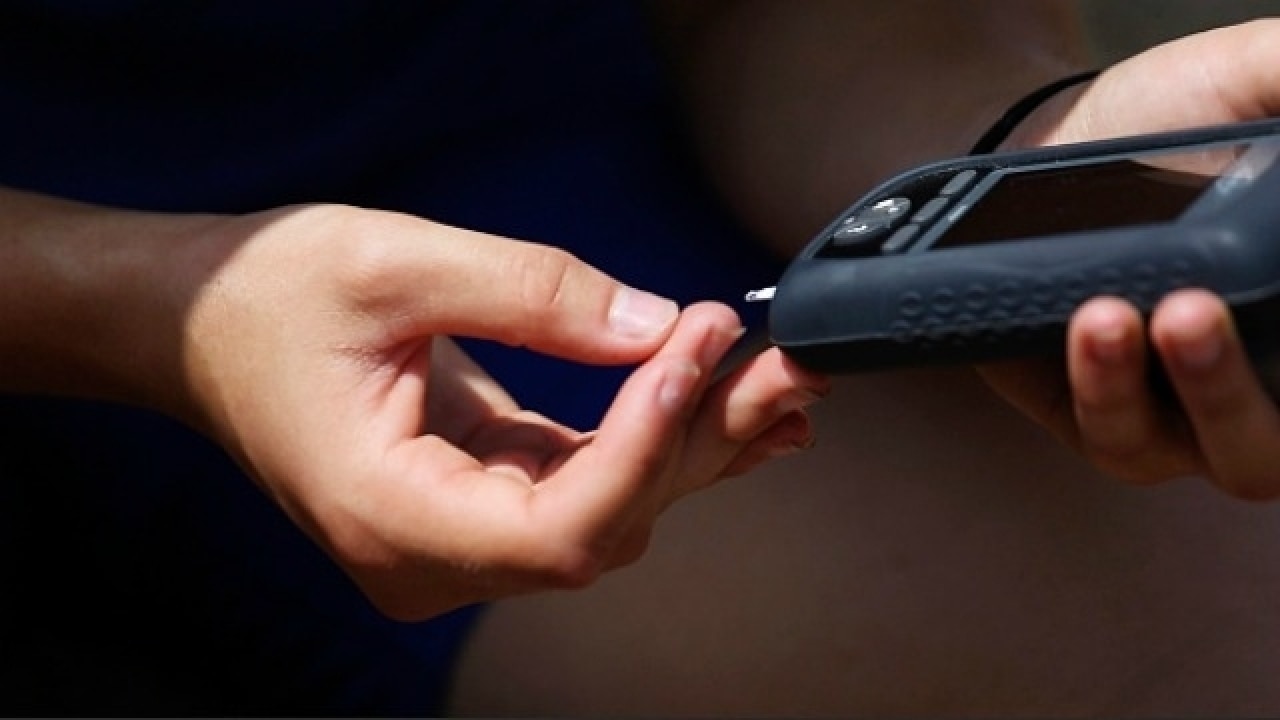
While scanning through news these days, there are a number of articles on juvenile obesity. This can be attributed to the non-physical or sedentary lifestyles of children and the unhealthy diets their parents impose on them.
The attitude that a kid should get anything it wants to eat is a mistake by parents and a huge contributor to rising obesity rates. It is only increasing the chances of their child becoming obese.
According to a study done by Sion Hospital, physical activity in students in Mumbai is very low as they report to mostly study or watch television and eating at least one chips bag a day. According to Dr. Prabal Roy, senior bariatric surgeon at the Asian Institute of Medical Science, ‘Indians had faced undernourishment for a long time and are now being exposed to the ‘over nourishment’ of the modern world through globalisation.” A lot of the Indian population has started relying on processed foods that contain a huge percentage of trans-fat, sugars, and other unhealthy and artificial ingredients’. These processed foods like chips or other junk food are all very unhealthy as they are often deep-fried. By letting their child eat anything it wants they aren’t controlling the amount of processed foods their child takes in, leading to an increase in their risk of becoming obese.
The Indian diet often contains many fried foods, which are extremely unhealthy and are a big cause for childhood obesity. Fried foods, such as samosas, vadas, batata vadas and other fried snacks (fried in vanaspati oil or deep fried), are the problem in most Indian diets since they are bad for your cardiovascular health and weight management. When eating fried foods regularly you are at greater risk of becoming obese as fried foods are higher in fat and calories than non-fried foods. A gram of fat provides 9 calories as opposed to 4 calories a gram of protein or carbohydrates provide. You are also increasing the risk of diabetes since consuming fried foods is linked to an increased risk for type-2 diabetes, according to a study published in "Diabetes Care" in April 2011.
With so many risk coming when consuming fried foods on a regular basis it is recognisably one of the root causes of childhood obesity and diabetes at young age. Because every gram of fat provides more calories than other foods, deep fried food is especially dangerous. These foods that are soaking in fat are unhealthiest type of dish in the Indian diet and when eliminating it, childhood obesity rates could be reduced.
Changing the children’s diet is a vital step towards making sure that they will be healthy in the future and that the risk of becoming obese is reduced. This doesn’t mean that all meals need to be changed, but rather that some factors when eating and preparing meals should be adapted. Control your portions since every roti adds 80-90 calories and every second helping of rice adds 100 calories. This is a simple step to reduce obesity rates since it is obvious that eating more is going to mean more calories.
Stop frying food and instead boil, stir-fry, or pressure-cook it since the same dishes will be healthier with those methods. This a vital step because fried dishes contain a lot more calories than non-fried foods. Lentils combined with whole grains are one of the best sources of protein within vegetables and should therefore best be consumed more than other fried/fat protein sources. Regarding that many protein sources like hamburgers contain many unhealthy fats, lentils are the better choice for a healthy diet. Foods made from fermented milk like curd keep the digestive tract healthy and because curd and other fermented dairies are packed with calcium, eating them regularly can help you keep from gaining excess body fat. They can also be substituted for foods rich in fat on the dinner table. This will reduce the risk of getting obese since fewer calories are consumed and excess body fat is lost.
While some people might argument that the children themselves should make the decision of what they want to eat and that the parents aren’t the ones to blame. A problem with this is that the children often aren’t the ones making the decisions, parents are. Children can decide not to eat what’s on the dinner table, but then there aren’t many other choices. Parents make the decisions of what their child will eat today and therefore they must make the change in their kids diet. In conclusion one should avoid fried foods, or foods rich in fat or sugar and substituting healthier protein/fat sources for unhealthy ones can reduce the risk of a child becoming obese or it getting diabetes.
The author is a Grade 10 High School student of the American School of Bombay currently studying social change